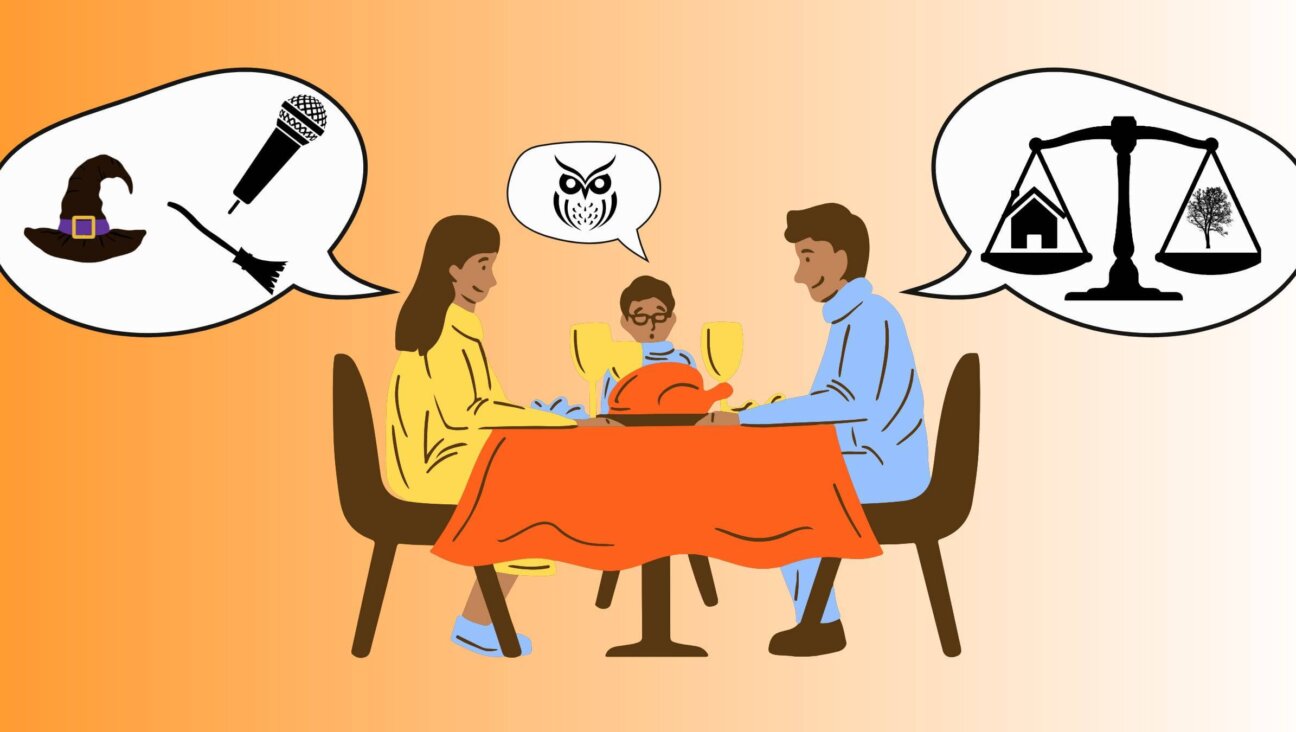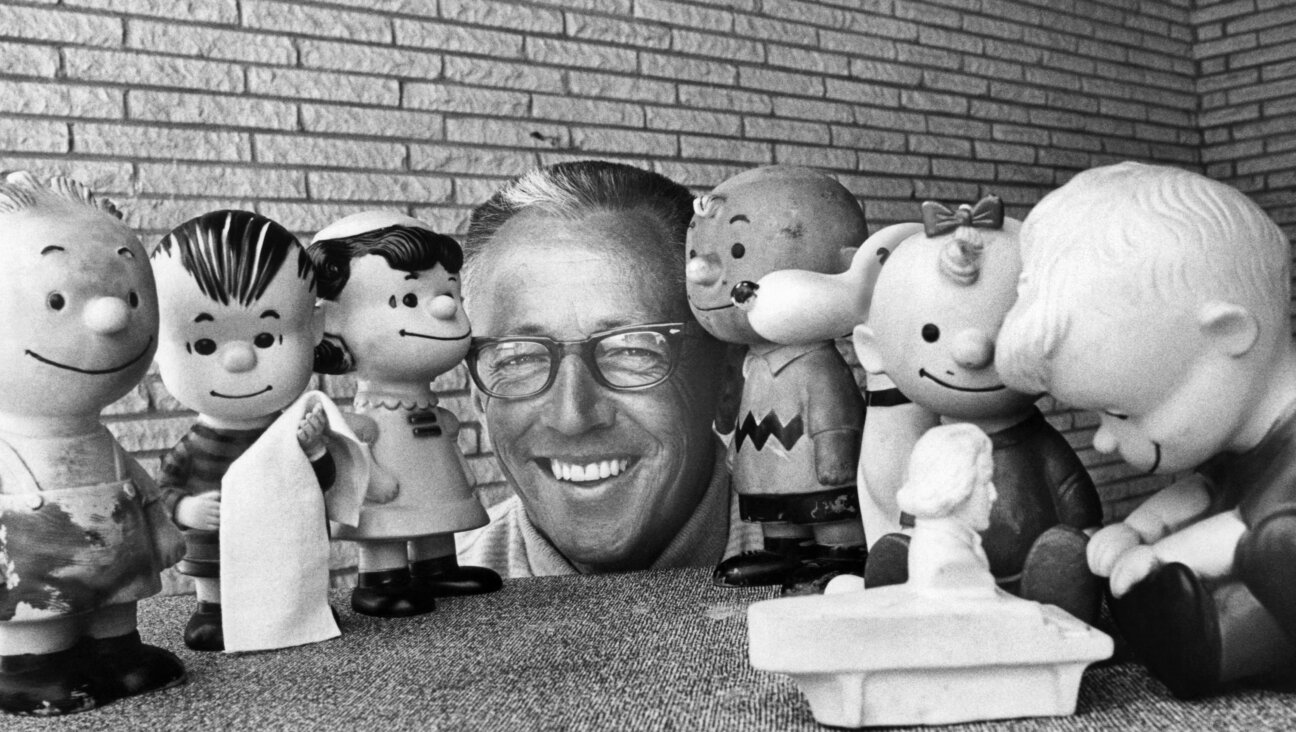Finding History In Attics, Cellars And Desk Drawers
History comes to us in a variety of ways. Sometimes we stumble upon it, suddenly coming face to face with a historic marker or an age-old monument. At other moments, like family or holiday celebrations, we deliberately pay homage to it. And still at other moments, we simply accumulate it.
Intentionally or not, most of us fill our closets, drawers, attics and basements with what will become — sooner or later — the stuff of history: bills, invitations, telegrams, pamphlets, greeting cards, a jumble of discarded hats and handbags, a mess of well-worn pots and pans.
A bonanza for the historian who finds in the details of daily life a wealth of information, these intimate bits and pieces of history also have inspired the occasional poet. In her celebrated Yiddish poem, “Cellars and Attics,” Malka Heifetz-Tussman writes lovingly about how the claims of memory and the delights of play come together when children are given the opportunity to rummage freely in the attic or in the cellar, where “great-great possessions” are stored. Opening up trunks and valises filled with old clothes and trying them on for size, children not only have fun; they also learn about the past.
I’m put in mind of Tussman’s poem, one of my favorites, whenever I casually bump against the past. Since historical research is my stock-in-trade, I usually spend most of my waking hours in archives and libraries, where diligent stewardship of the past is to be applauded — and, yes, actively supported. All the same, I have to admit that I take particular pleasure in the unexpected, serendipitous encounters with the past, which occur, from time to time, outside of institutional channels. For these encounters bring in their wake a raft of historical materials that often are not found in the major repositories, materials whose value inheres less in their singularity than in the stories they tell.
Most recently, an acquaintance, Jesse Cogan, knowing of my interest in American Jewish history, brought to my attention a treasure trove of memorabilia assembled over the years by his recently deceased father, Rabbi Leo J. Cogan.
Who knows how much would be lost to history — and to his grandchildren — had the senior Cogan, who spent the first 18 years of his professional life as a pulpit rabbi in Bensonhurst, Brooklyn, before becoming a businessman as well as a hospital chaplain, not kept his yearbooks from Yeshiva Torah Vodaath, or the letters he wrote in Yiddish to his parents while on a whistlestop trip throughout the United States to raise funds for his alma mater, or a small collection of items related to the Boy Scouts including his very own membership in the Williamsburg, Brooklyn, Boy Scout Troop 613 (which took its name from the Torah’s 613 commandments). This, alas, is not the kind of material that usually makes its way into an archive. It should, but all too often it doesn’t.
Take the Boy Scout material, for instance. Printed on inexpensive paper, designed to be read quickly and then discarded rather than preserved, it consists of, among other things, two pamphlets. The first, “The Fourteen Reasons Why,” puts forth the case for becoming a Boy Scout. “Reason Number 14: Your boy will have the time of his life playing the Game of Scouting with fine, clean friends under the leadership of a man of high character.”
The other pamphlet, “Scouting for the Jewish Boy,” makes the case for why American Jewish boys in particular should become Boy Scouts. It’s not enough that scouting promises to make “real men out of real boys.” Rather, as the pamphlet would have it, “scouting is commended to Jewish boys as a proving ground of Americanism and democracy, as an opportunity to widen their relationships, as a means of becoming integrated in the general life of the community while cherishing their own faith and traditions.”
So many high-minded ideals, so many aspirations are contained in these humble documents. Most tellingly, they suggest the possibility of synthesis, of being both a yeshiva bokher and a Boy Scout — a synthesis increasingly unlikely in our own highly fragmented days.
For these reasons, and so much else besides, these pamphlets speak to me, as they did, clearly, to Rabbi Cogan, who held on to them for nearly 60 years, long after his own scouting days had come and gone. They remind us that history is made — and found — at home.
A message from our CEO & publisher Rachel Fishman Feddersen

I hope you appreciated this article. Before you go, I’d like to ask you to please support the Forward’s award-winning, nonprofit journalism during this critical time.
We’ve set a goal to raise $260,000 by December 31. That’s an ambitious goal, but one that will give us the resources we need to invest in the high quality news, opinion, analysis and cultural coverage that isn’t available anywhere else.
If you feel inspired to make an impact, now is the time to give something back. Join us as a member at your most generous level.
— Rachel Fishman Feddersen, Publisher and CEO






















